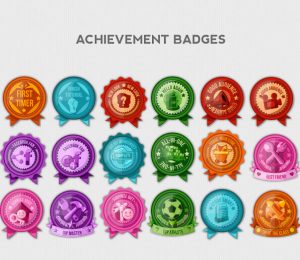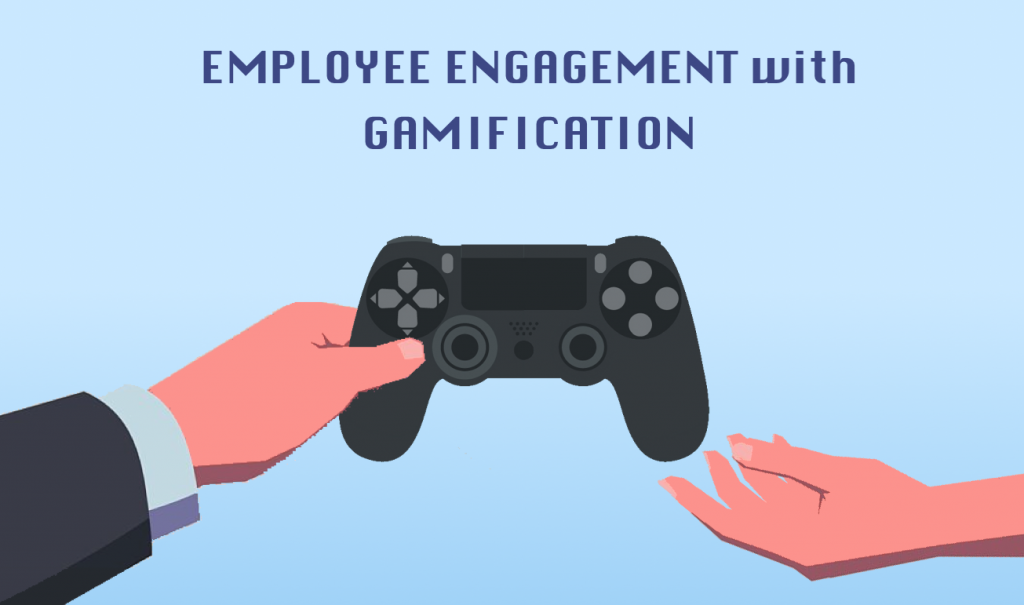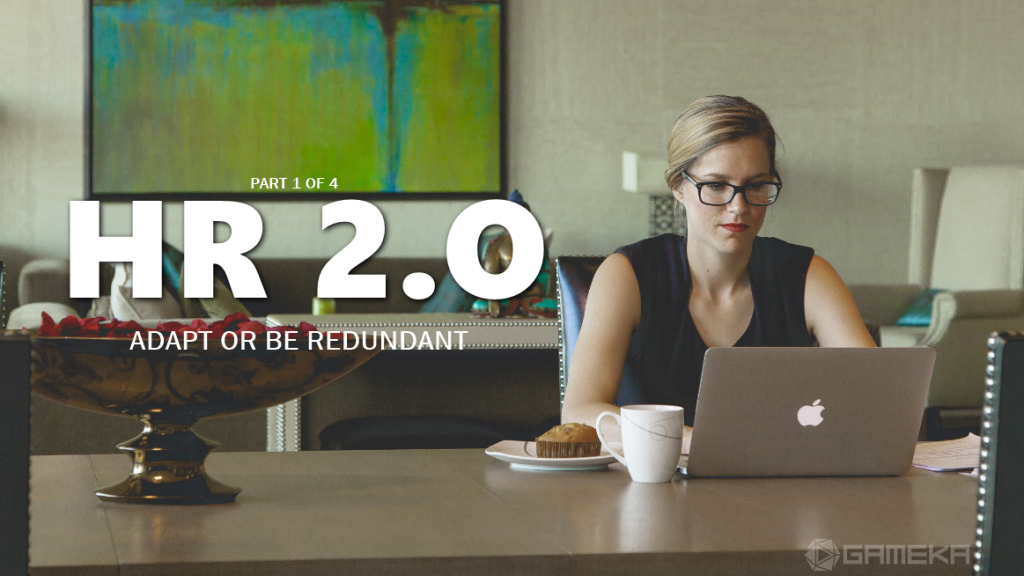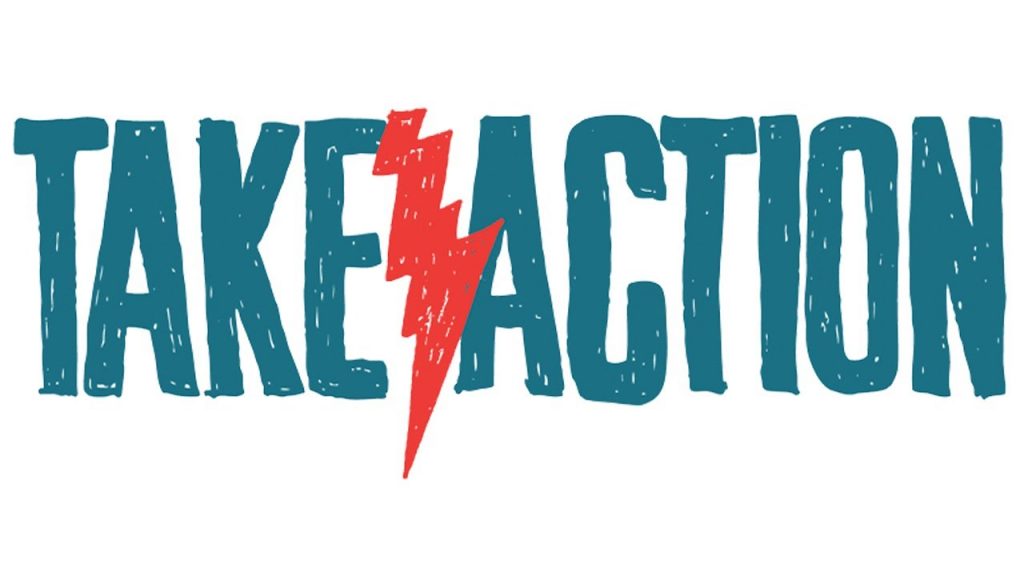
Around the world, Malaysia is known for its delicious food. Food that will definitely leave an impression. However, the education system does not leave the same impression. In 2015, the Star and MalaysianDigest reported that Malaysia ranked 52nd in the global education rankings. Singapore took the top spot. In 2017, Malaysia climbed the rankings ladder to 43. It is a slight improvement. Singapore remains in the top 20 despite losing top spot.
Old teaching methods
Malaysian teachers face difficulties when it comes to engaging and motivating their students. This is down to the fact that most teachers still use conventional teaching methods (CTM). Furthermore, they still prefer using a teacher-centered approach in class. This has a negative impact on students’ motivation and engagement to learn. This is due to the fact that the teacher-centered approach tends to focus on one way communication.
Gamification is the solution
What is gamification? Gamification is the application of game mechanics and game principles in non-game contexts. Gamification uses game design elements in order to improve a person’s engagement and making any task more interactive. Furthermore, gamification also improves one’s knowledge of digital content. This is beneficial in this day with the world moving towards an ICT age.
7 ways to gamify Malaysia’s classroom

There are a few steps that can be taken by educators to gamify or employ gamification in the classroom:
Providing Instant Feedback
Games are excellent ways to learn because they instill a problem solving mindset in players. “Why didn’t I pass this level? Which combos are effective to kill that boss? What can I do differently next time?” are phrases that are constantly going through a player’s mind. Providing instant feedback to students can help them understand how to improve themselves.
Furthermore, it is important for them to receive feedback while the work/task is still fresh in their minds. More often than not, Malaysian teachers will give test results or homework marks days after the test has passed. By that time, student will have forgotten about the tests and its content. This makes it harder for students to learn their mistakes and improve.
Foster Collaboration between students

Encourage students to work together to achieve their goals. This allows for communication among students which strengthen bonds between classmates. Furthermore, it allows weaker students who might be shy to speak up during class to get help from the students who are well versed with the subject. This is a common practice in certain multiplayer games like DOTA 2, League of Legends and Heroes of the Storm.
Give students a choice
The Malaysian education system places heavy emphasis on examinations. If one fails an exam, he/she will not be able to progress to the next grade. Exams are the singular path which all students are forced to take.Instead of issuing standard exams or test at the end of the year, teachers should allow students to venture through different paths in order to test their knowledge on the subject.
Developing a group project or presentation, writing an essay and creating a creative info-graphic are just some of the ways that could be used.Player agency is important in games. It gives them freedom. In applying this to the classroom, students have the freedom to apply their knowledge in a number of creative ways.
Progress Bars

In most games, there is a progress bar or tracker. This helps players keep track of how far they have come. Also how far they need to go in order to win. This gives the player a sense of achievement at how far he/she has come. In addition, it also prepares them for the journey ahead. A motivation.No such thing exists in Malaysian schools, with only grades emphasized in a report card.
Students do not care until it comes to the final exams. At this point, students are scrambling and passing becomes more important rather than the application of knowledge.As such, a simple bar chart to keep track of students progress throughout the year could be implemented.
Award students with badges for achievements

Video games are all about rewarding the player. Unlocking various achievements is a core element in most games. This gives the players a sense of pride and reward for their hard work.Reward students on their achievements in assignments, exams and homework no matter how small it may be. They will appreciate it. It will help if the badges have intriguing names and great visuals. It will also go a long way in boosting their confidence.
Multiple lives
One of the main pulls of any video game is the allowance of second chances. When a player dies, he/she revives and continues on. You can apply this concept to class assignments. Succeed or fail, students can still retry the assignment. Furthermore, students that have failed are given a chance to try again while players that succeed can try again for a higher score or move on to the next challenge.
Challenges and Quests replace homework and projects
Homework and projects are unavoidable in school. Malaysian schools are no different. Students get a ton of homework on a daily basis. Some do them and some do not.Games constantly provide players with different challenges and quests that engage them for a time. Challenges like collecting artifacts, breaking codes and defeating monsters are all included in games. By replacing projects and homework with challenges and quests, teachers can provide a fun learning experience.
In conclusion, gamification has the potential to transform a classroom environment into a game. Students and teachers alike can enjoy the game. While gamification has received its criticism from certain parties for being an unconventional educational method, it is undeniable that it provides a fresh, creative and innovative way of learning for both teachers and students. It might seem like a risk, but one worth taking in order to improve Malaysia’s education system.
Please feel free to drop an email or contact us if you require any information on how to gamify a classroom.




About The Author: Luke@gameka.my
More posts by luke@gameka.my